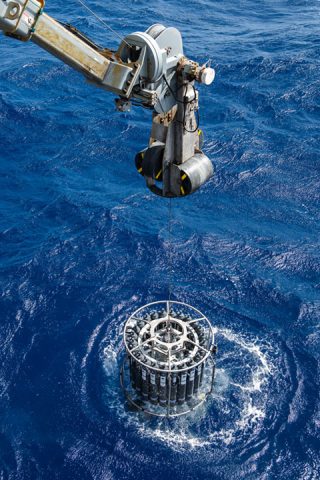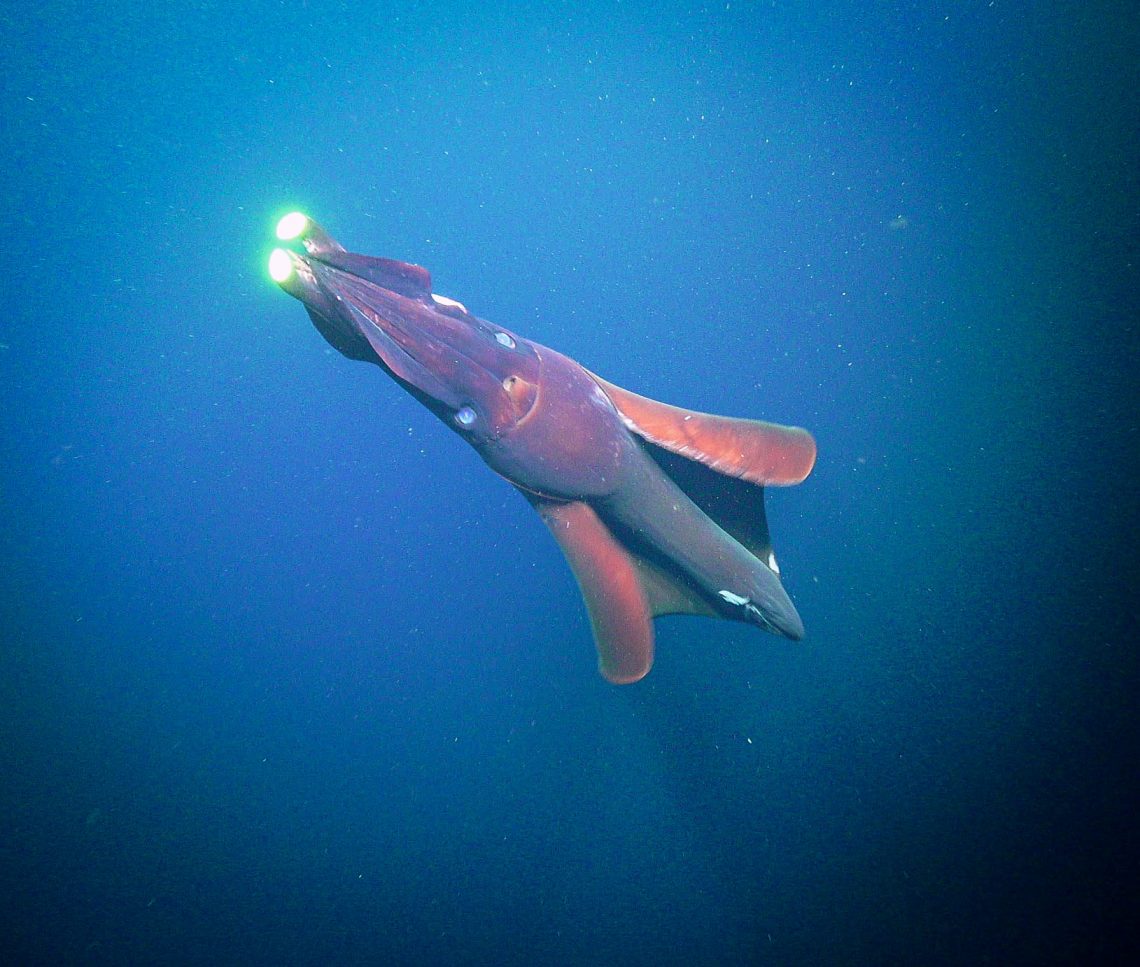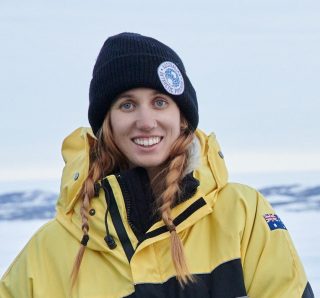So, we are at the halfway point of the trip already! As mentioned in my previous blog, we are off the coast of Exmouth (Western Australia) on a voyage aiming to document the biodiversity of the Ningaloo Canyons (Cape Range and Cloates). These submarine canyons are unexplored ecosystems, therefore this expedition has the potential to reveal undocumented biodiversity and undiscovered species. This cruise uses several data collection techniques that will complement each other to unveil a more holistic view of the ecosystem.
This research is important because so little is known about deep sea ecosystems in comparison to coastal ecosystems. This is primarily due to the difficulty associated with sampling and monitoring the deep sea. In order to preserve and protect the biodiversity of the Ningaloo Canyons, we first need to know what is down there. As a young scientist at the beginning of my career, being able to look at environments and species that have never been explored or discovered gives me a feeling like no other. I am constantly having to pinch myself at how lucky I am to be able to see these canyons and the species that reside in them first hand!
Environmental DNA (eDNA)
My role aboard the R/V Falkor is to carry out all the eDNA sampling and analysis. With eDNA analysis, I will not know what I have uncovered until I complete all the lab work back in the TrEnD laboratory at Curtin University. eDNA is more of a waiting game! However, I am hoping to not only pick up the DNA of the species we have seen through the ROV, but detect a wide range of species that we were unable to see through the ROV.

A normal day of eDNA sampling for me on Falkor involves a CTD drop, followed by sample collection through the ROV. My day begins at 4:30am in the control room, where marine technician Kaarel Rais and lead deckhand Archel Benitez have prepared the CTD and begun its descent to the bottom of the Indian Ocean. Kaarel controls the CTD from the control room and we are able to open the niskin bottles at whatever depth we choose. The process takes approximately 3-4 hours to get to down to 4000m and then back to the surface. Once the CTD is on board, each 12L niskin bottle is emptied into a sterile bucket and taken into the wet lab for filtration. eDNA runs a high risk of contamination, so a high level of care is taken to avoid cross contamination between depths and replicates. To filter 20 samples in the laboratory takes approximately 4-5 hours. However, this time would be doubled without the help of the amazing Kaycee Handley, a Macquarie university masters student. The samples are frozen at -80°C immediately after filtration for maximum DNA preservation. We then break for lunch (always delicious- a special thank you to Burt and Peter!) and wait for the ROV to be on deck. The ROV completes a 500m transect at each site and we collect 10L of water for filtration at the start and end of the transect. This will allow for direct comparisons between the ROV footage and the eDNA samples.

This End is Another Beginning
Tomorrow we see a few of our beloved scientists (Rachel Przeslawski and Greg Rouse), crew (Douglas Hay) and student of opportunity (Liam Cook) depart the R/V Falkor and return home. While we are sad to see them go, the beginning of the second leg brings excitement as we will begin our exploration of the second submarine canyon (Cloates) in the Ningaloo Canyon system. If the Cape Range canyon is anything to go by, I am sure we will see many more beautiful species and make some more amazing discoveries! Just this morning we saw a giant squid (possibly Taningia danae) displaying a spectacular light show, possibly as a means of intimidating the ROV or an attempt to court the ROV! I can not wait to see what the remainder of the trip brings!


